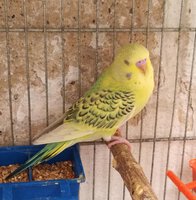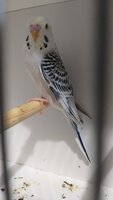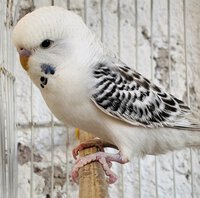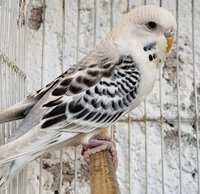Lovebird27
Strolling the yard
- Joined
- 1/2/20
- Messages
- 80
- Real Name
- Christian
Hey gang,
So, I came across these budgies and was intrigued by there colors. I would like to know what mutation influenced this greyish color. All I known it’s a Texas Clear Body. Does this happen to every blue TCB? Or do other factors come into play here?
What about the green bird, is it a TCB?
I believe they also may be opaline
So, I came across these budgies and was intrigued by there colors. I would like to know what mutation influenced this greyish color. All I known it’s a Texas Clear Body. Does this happen to every blue TCB? Or do other factors come into play here?
What about the green bird, is it a TCB?
I believe they also may be opaline

Attachments
-
181.5 KB Views: 19
-
41.2 KB Views: 20
-
49 KB Views: 19







